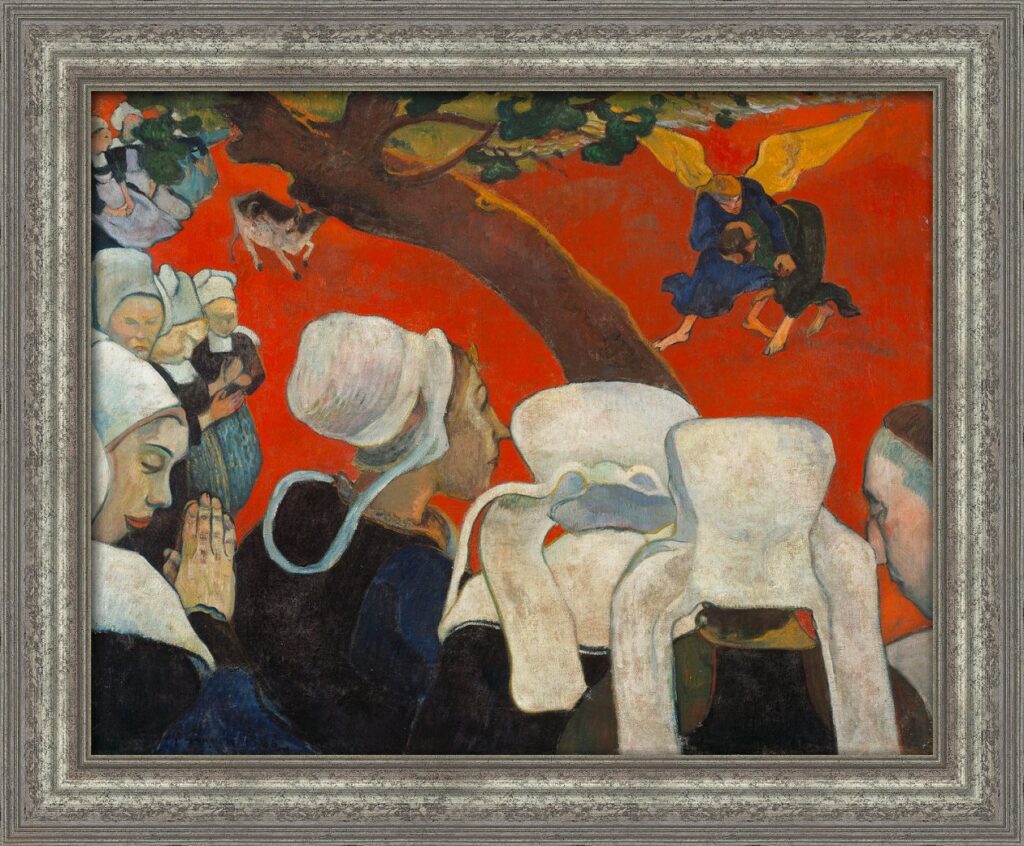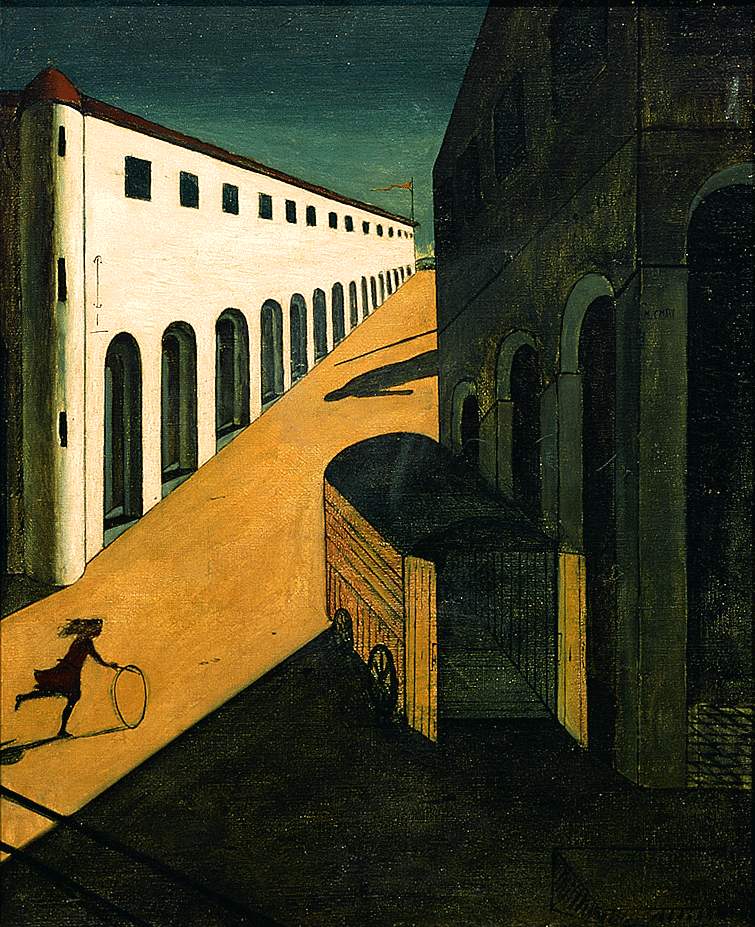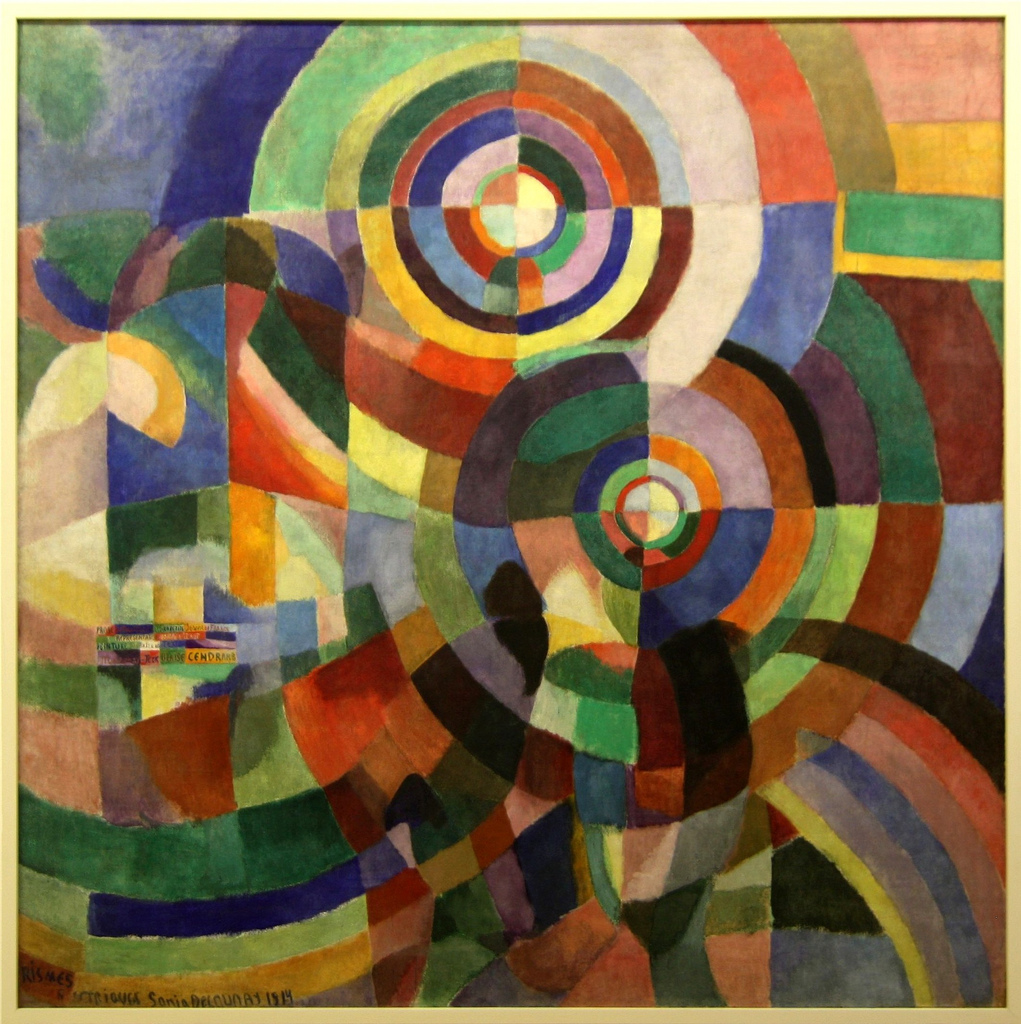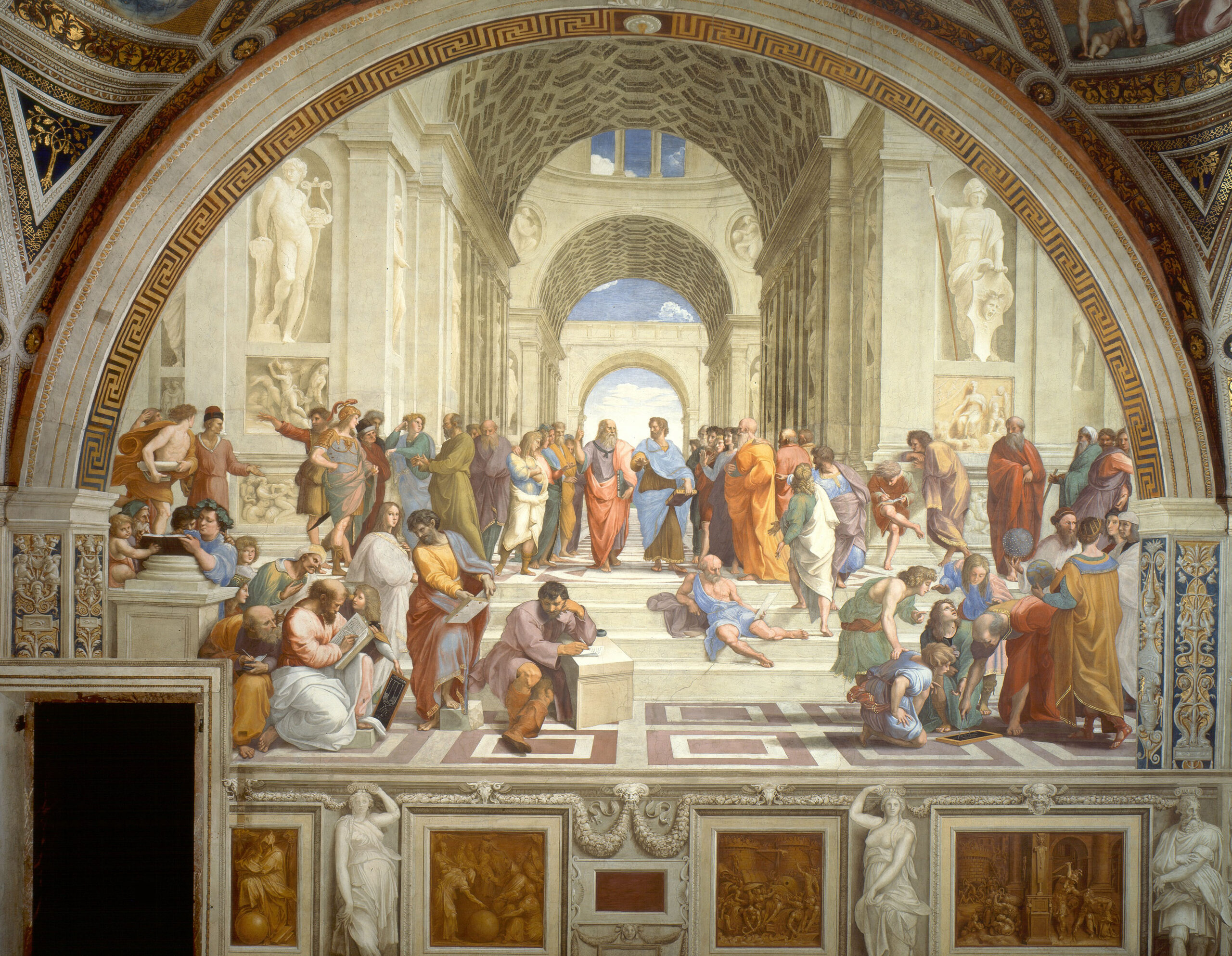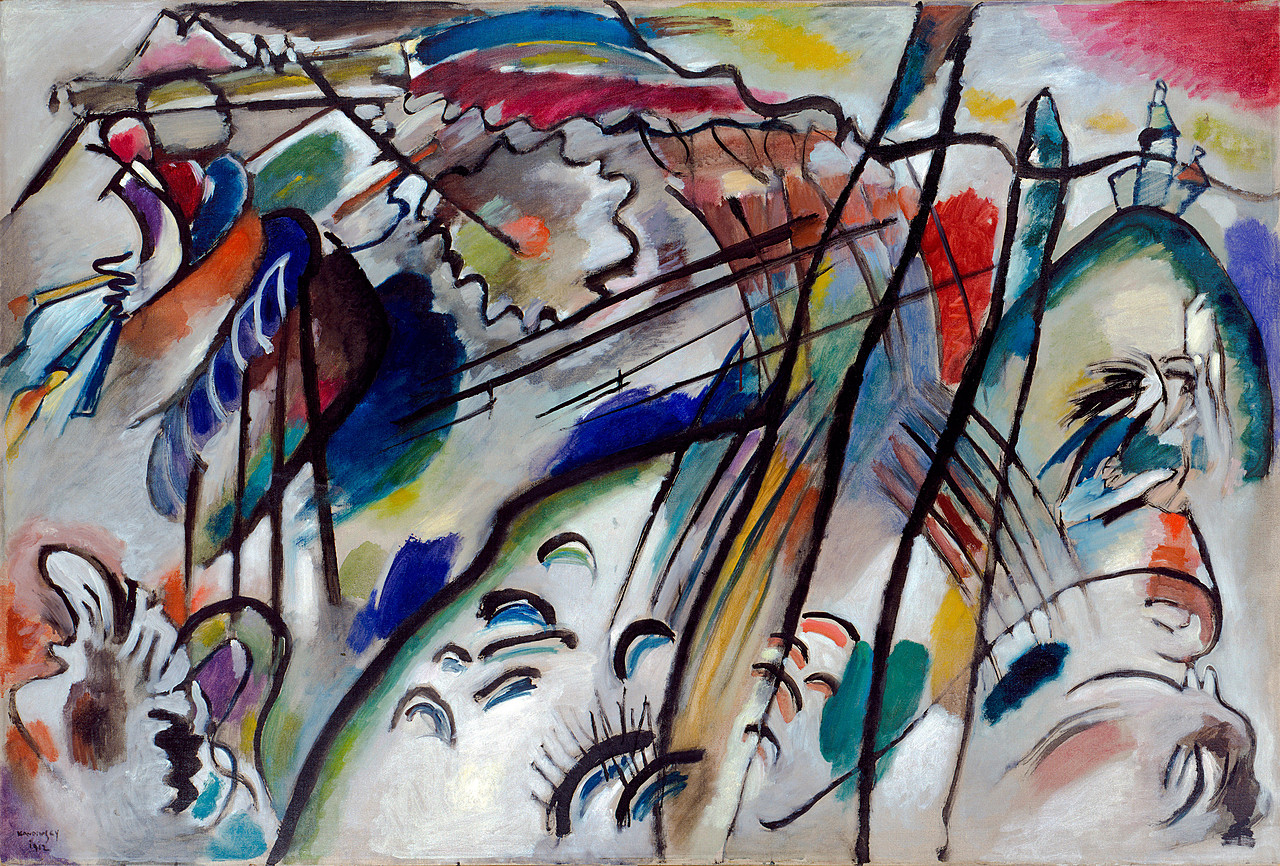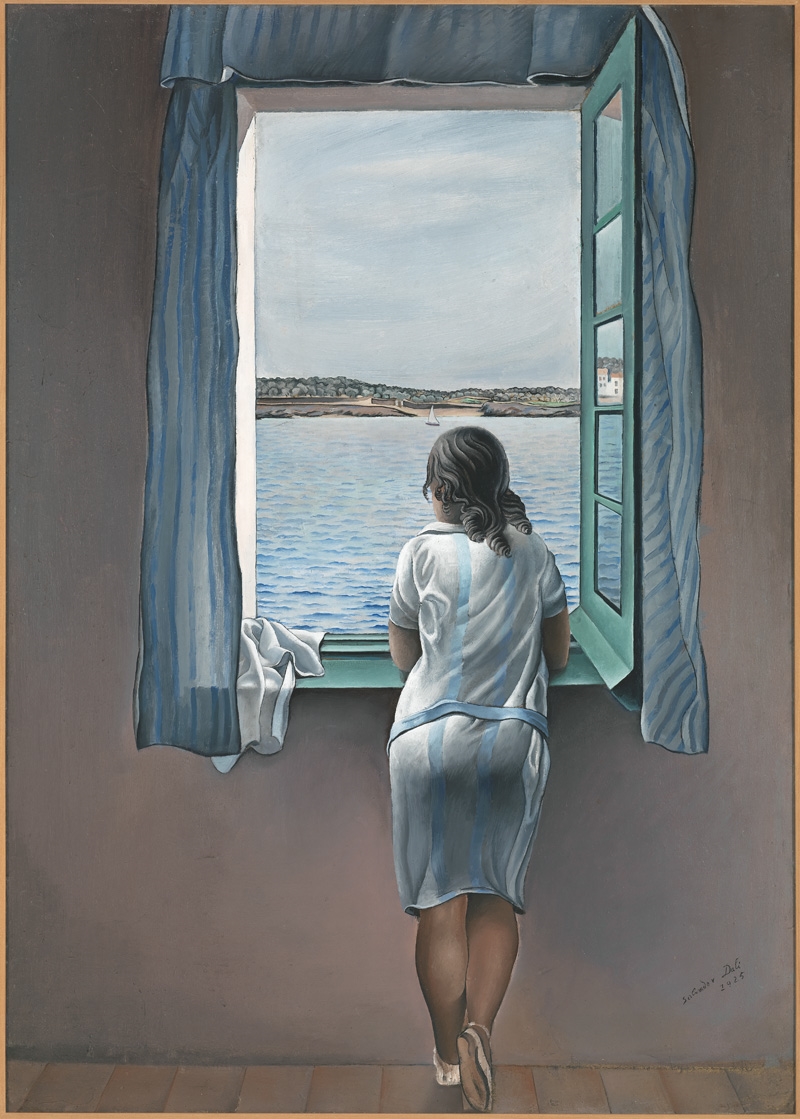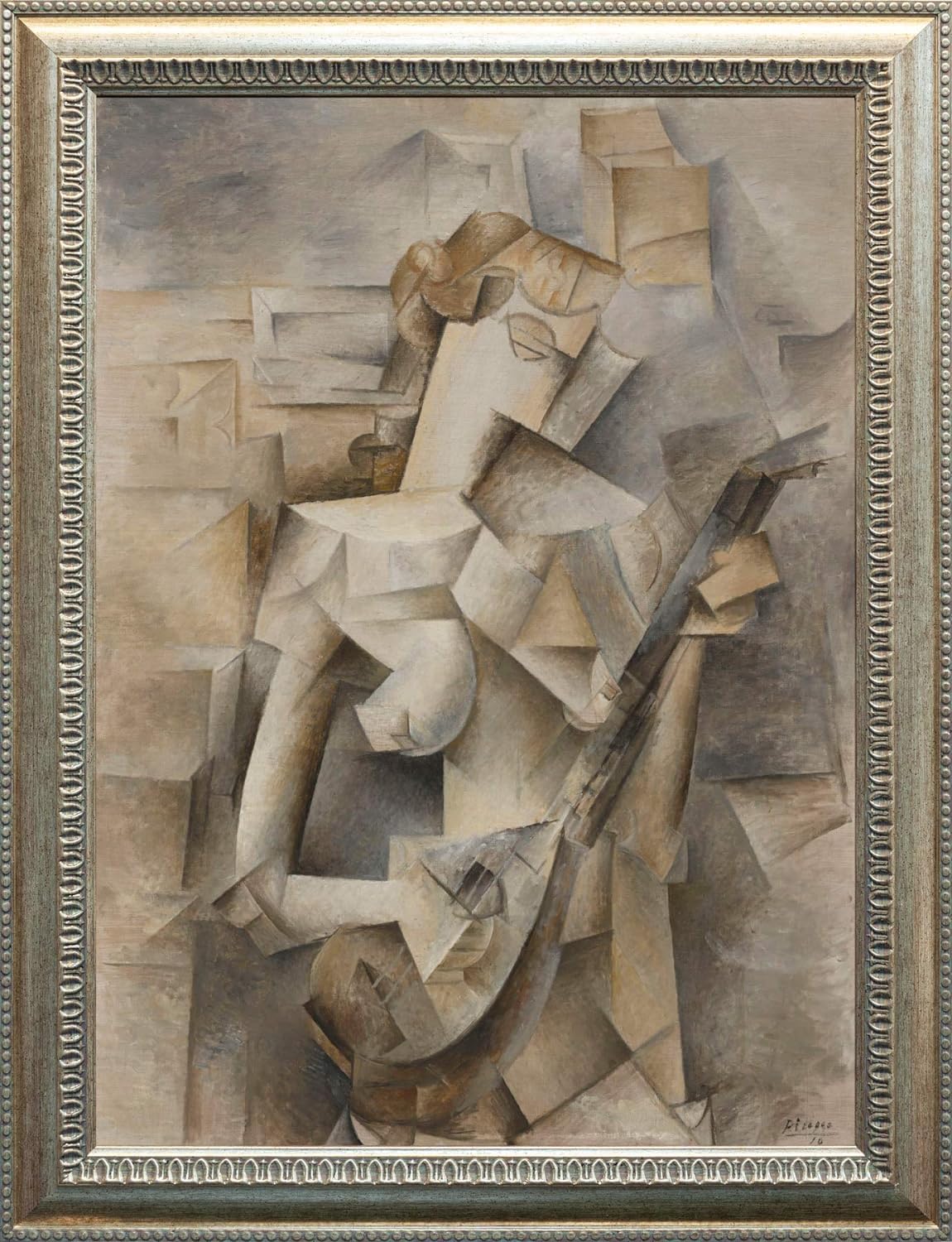To delve into Paul Gauguin’s «The Vision after the Sermon» is to enter a universe where spirituality and biblical iconography are intertwined with art. Created in 1888 in Pont-Aven, Brittany, it transports you to a unique moment where Breton women, dressed in regional costumes, witness the intense struggle between Jacob and an angel, as recounted in Genesis (32:22-32).
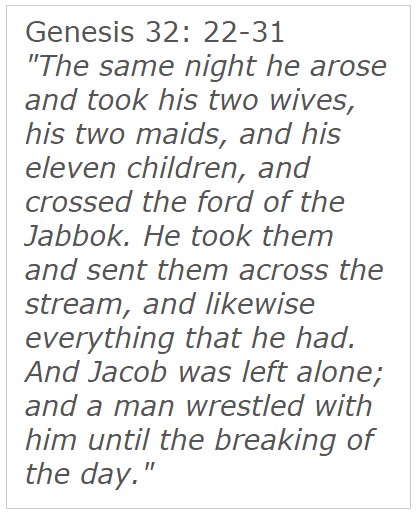
In this article, I will explain the details and meanings behind this fascinating painting that captures the very essence of the human struggle between the earthly and the divine. A piece that transcends the limits of impressionism, marking a turning point in the artist’s career.
Tabla de contenidos
- Vision After The Sermon By Paul Gauguin 1888
- Birth of Vision After The Sermon By Paul Gauguin
- Analysis of Vision After The Sermon By Paul Gauguin
- The meaning of Vision After The Sermon By Paul Gauguin
- Artistic Avant-Garde: Gauguin and ‘The Vision after the Sermon'».
Vision After The Sermon By Paul Gauguin 1888
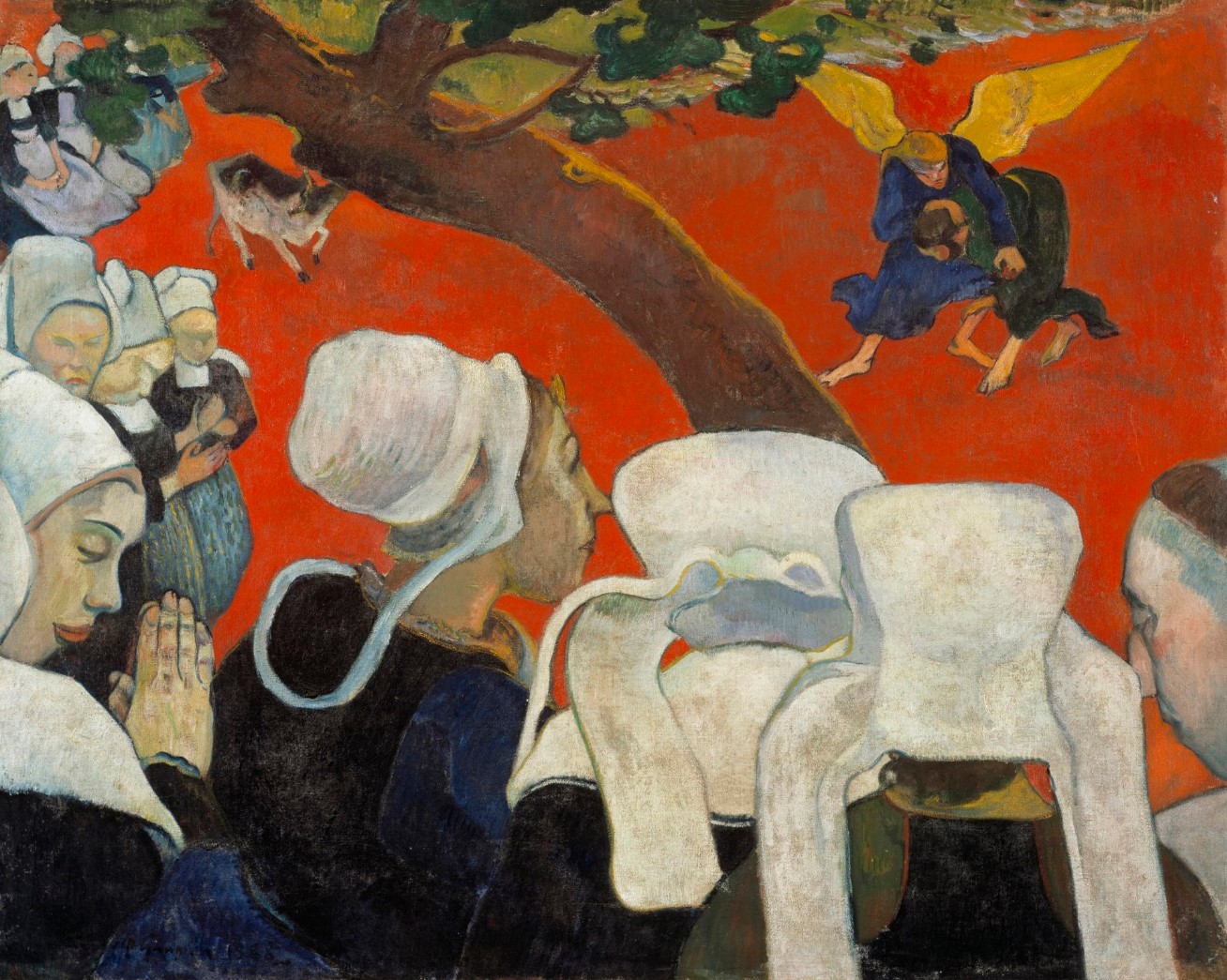
Year: 1888
Author: Paul Gauguin
Medium: Oil on canvas
Style: Post-Impressionism
Size: 73 cm × 92 cm
Location: National Gallery of Scotland
Birth of Vision After The Sermon By Paul Gauguin
Inspiration and idea of the French art of the 19th century
Eugène Delacroix‘s mural «Jacob Wrestling with the Angel», executed in 1861 for the church of Saint-Sulpice in Paris, attracted considerable attention to the subject among French artists of the mid-nineteenth century. Later, both Gustave Doré in 1866 and Gustave Moreau in 1878, addressed Jacob’s subject matter in their works, which were seen by Gauguin as influencing his painting.
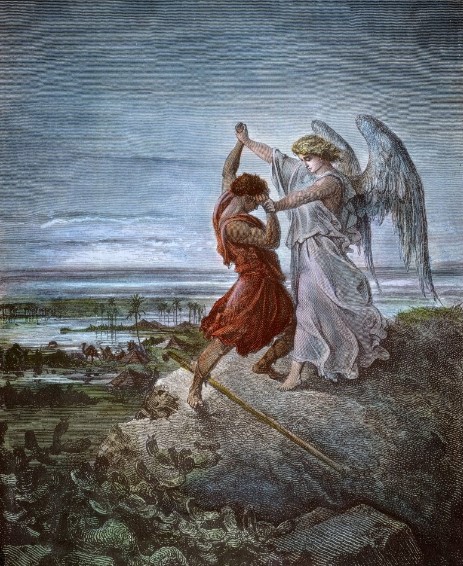
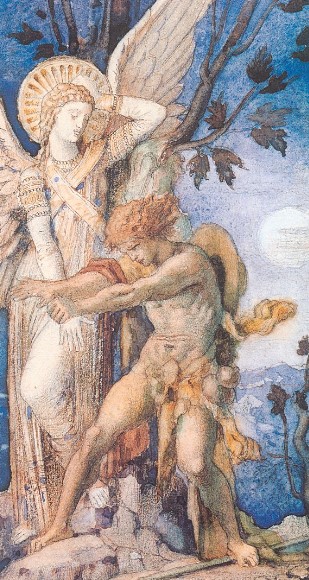
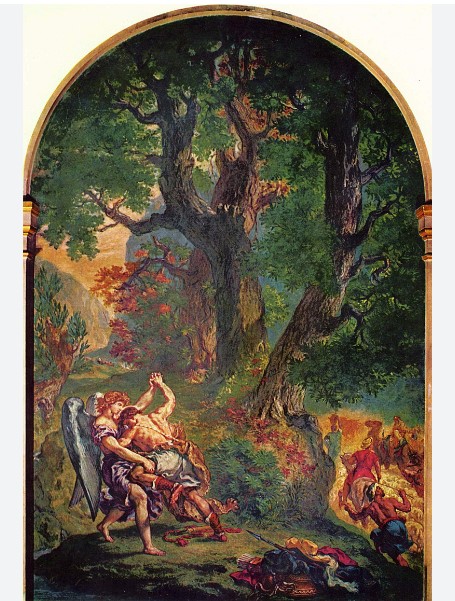
Drawing and its Creative Process
The practice of drawing the images before applying the paint to the canvas was fundamental to Gauguin’s work, serving several purposes in his creative process. His sketchbooks from this period reveal a mixture of drawings, diagrams, notes and references, especially in preparation for works such as «The Vision after the Sermon».
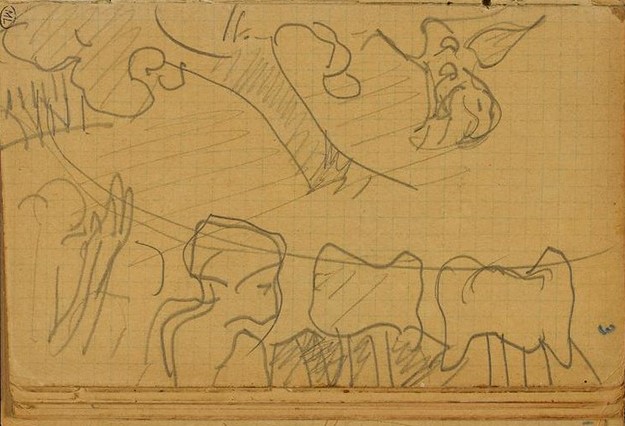
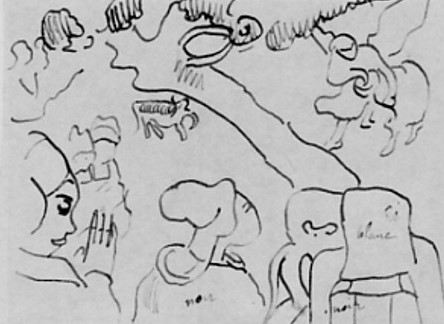
Gauguin devoted great attention to elaborate Breton ceremonials, capturing in his drawings the variations used in different contexts, whether at work, formal events or mourning ceremonies. His illustrations have a simple, primitive quality that influenced his pictorial style, adding a unique visual dimension.
Analysis of Vision After The Sermon By Paul Gauguin
Search for the essential
When you look at Gauguin’s «The Vision After the Sermon», you are faced with a work that goes beyond the limits of impressionism, seeking a simpler and more direct approach. In collaboration with artists such as Émile Bernard and exchanging letters and opinions with Vincent van Gogh, Gauguin ventured into experimentation, merging the real with the imaginary in this painting.
Spiritual Vision and Devotion
The Breton women, dressed in sober black contrasted by white hats, seem immersed in a deep spiritual communion, their eyes closed in a prayerful posture. Meanwhile, in the background, a mystical vision unfolds like a celestial curtain, offering a sublime backdrop to the earthly scene. It is as if the narrative of faith and tradition are intertwined in a single image, with the women in the foreground, witnessing the sermon just delivered, while the priest, barely visible in the corner, emerges as the divine messenger.
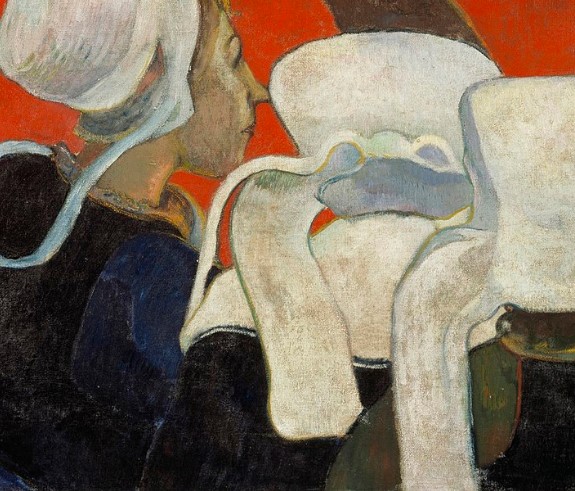
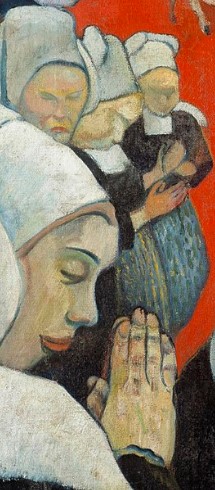
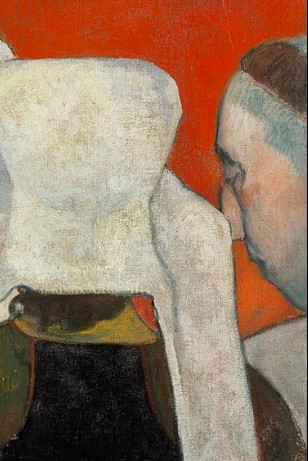
Rustic Spirituality
The combination of everyday elements with spiritual symbols, such as the angel and Jacob, dressed in distinctive colors, reveals the artist’s intention to convey simplicity and rusticity in the figures. In addition, touches of Breton culture, such as the women and the cow, bring a sense of redemption rooted in local traditions.
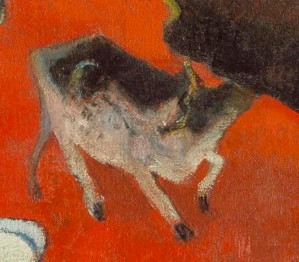
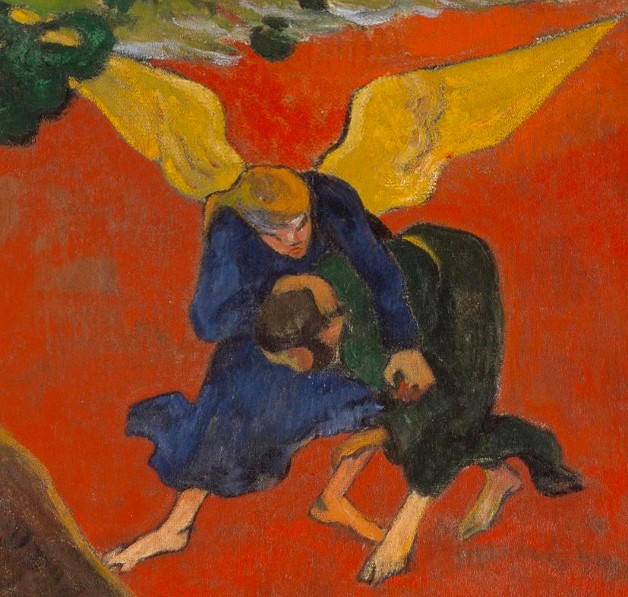
Spiritual Resonance
Through vibrant colors and expressive techniques, Gauguin breaks with the conventions of Impressionism, liberating color from the natural world to express a unique spiritual resonance. «The Vision After the Sermon» not only exemplifies the artist’s synthetic style, but defies the rules of perspective and lighting to create a dramatic composition that invites deep reflection on the divine and the earthly.
Rejection of light and shadow modulation
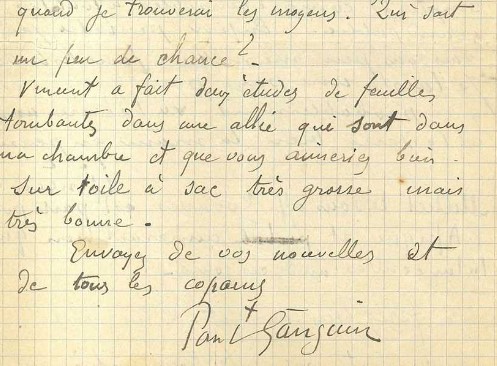
In a letter to his friend Van Gogh, Gauguin reveals his abstract approach to painting, where he rejects the modulation of light and shadow to capture a more authentic representation closer to the original human nature.
Religious experience
Gauguin draws his images, based on his studies of Breton culture. Avoiding shadows and realistic techniques, he seeks to create a sense of flat, spiritual space. The painting not only addresses the biblical theme of Jacob wrestling with the angel, but also depicts the religious experience of the people, separated from the spiritual world by an apple tree.
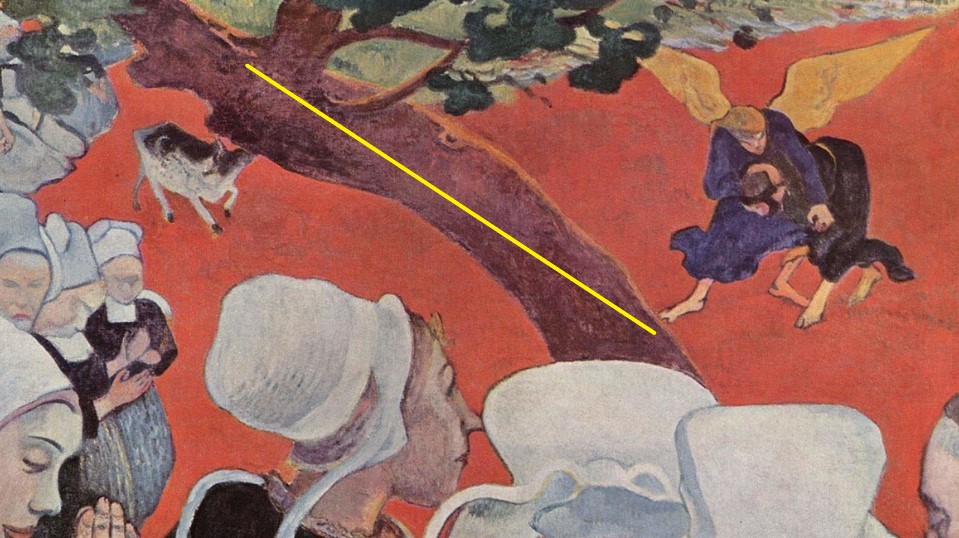
Synthesis of two realities:
«The Vision After the Sermon» embodies Gauguin’s synthesist style by merging two levels of reality in one painting. Through vibrant colors and dramatic composition, he defies the rules of perspective and plays with light in a unique way to convey a deep spiritual feeling.
The meaning of Vision After The Sermon By Paul Gauguin
Symbolism of the red field:
It symbolizes man’s struggle between good and evil in a violent way. Often associated with fires or red flags in Britain, it may represent a dream world opposed to reality. In addition, it could symbolize fertility and menstruation, in relation to the women depicted in the painting.
The biblical story
The story of Jacob battling the angel is interpreted in the painting, suggesting that the red field where the struggle takes place is a metaphor for the encounter with the unknown. In addition, the story of Jacob is read as an allegory of birth and the acquisition of identity, adding complexity to the meaning of the work.
Primitive mentality
Although the work appears religious at first glance, Gauguin was more interested in exploring primitive mentality and its connection to modern artistic creativity. «The Vision after the Sermon» not only addresses religion, but also delves into the relationship between popular imagination and creativity.
Universal Themes
It is not limited to being a religious representation; rather, «The Vision after the Sermon» explores much broader themes, such as primitive simplicity, artistic creativity, and fertility. Gauguin employs symbols and metaphors to convey his complex ideas, which has generated a considerable amount of analysis and speculation as to their meaning.
Artistic Avant-Garde: Gauguin and ‘The Vision after the Sermon'».
Challenging Conventions
Gauguin challenges the artistic norms of his time with an innovative approach, using flattened forms to express his deep interest in an art fueled by imagination and ideas. Although at the time local churches rejected his offer to donate the painting, this work remains a defiant landmark, establishing Gauguin as a true master.
The bold acquisition
The acquisition of «Vision after the Sermon» by the National Gallery in 1925, at a price of £1,160 under the direction of James Caw, might have been perceived as a bold choice at the time. This was due to the widespread antipathy of the British public towards Post-Impressionism. However, this purchase proved to be a fortunate decision, as the work has maintained the National Gallery’s international status ever since.
This painting is not only one of the most important in Gauguin’s career, but has also left an indelible mark on other artists, serving as a significant influence.

